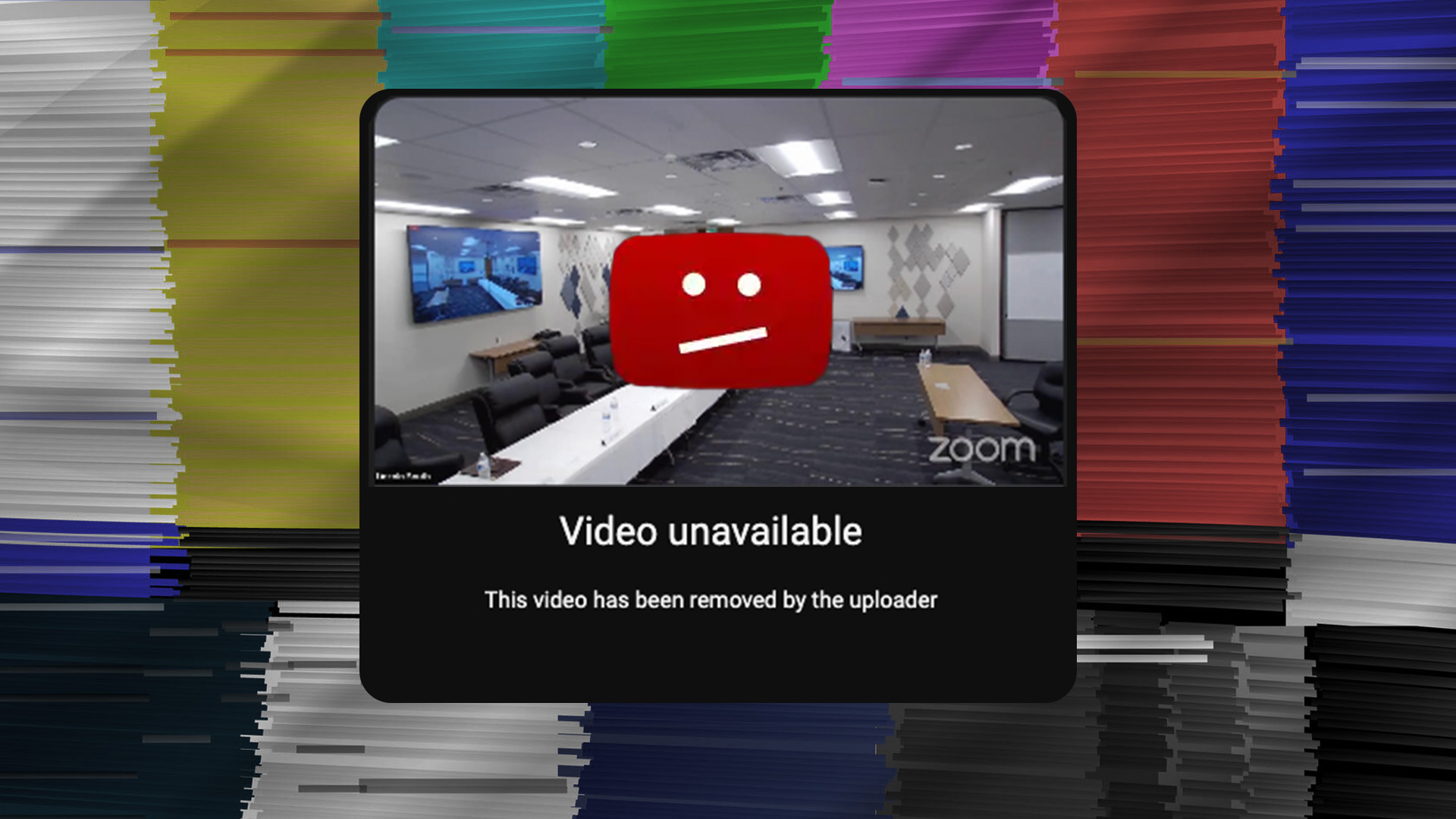Sometimes, events suggest action. At other times, they require action. As has been widely reported and we have written about, Idaho’s state government faces a growing deficit for the upcoming fiscal year based on current revenue projections.
We did not have to get to this point. Had spending restraints been built into the budget process, we would not be facing any deficit. Recently, Idaho’s Joint Finance-Appropriations Committee (JFAC) reviewed the growth of Idaho’s government spending over the past two decades. The growth in spending was greater than what was required to accommodate inflation and population growth in Idaho. We will get into why this matters in a bit.
So, ask yourself a simple question: what constrains spending at any level of government? Most people really can’t answer this question. You might hear that revenues limit spending because Idaho, like virtually every state, must balance its budget. But revenues come from taxes, and what limits the government's ability to increase taxes? Generally speaking, it is the voters. When taxpayers reach a tolerance limit and push back by electing other politicians who promise to reduce, or at least stop increasing, taxes, that becomes the spending constraint. The problem with this approach is that it clearly hasn’t worked; it is essentially a reactive process. A proactive approach is needed now more than ever. Let’s review how that would work.
As we mentioned earlier, JFAC reviewed the growth of government spending in Idaho from Fiscal Years (FY) 2005 to 2026 — the current fiscal year. For that period, state appropriations grew by more than 20% above what was expected from population growth and inflation. This means, in FY26, had the state restrained spending — not actually cut spending, but restrained its growth — state appropriations would have been just over $7 billion instead of the over $8.5 billion that it actually was. That difference equates to essentially eliminating property taxes on homeowners ($1.1 billion) and all other residential property ($500 million) — about $1.6 billion.
It’s time to get back on track. We suggest returning Idaho's spending to pre-COVID levels, adjusted for inflation and population growth. We noted the spending increase from FY05 to FY26, but it is important to note that spending really surged after FY20 due to a massive infusion of federal COVID funds. Sadly, Idaho has not returned to the pre-COVID trajectory, but we must. That means the agency request for FY27 of over $14.5 billion is a non-starter. Reductions to the budget need to begin this year, with programs like Medicaid expansion and Launch on the chopping block.

